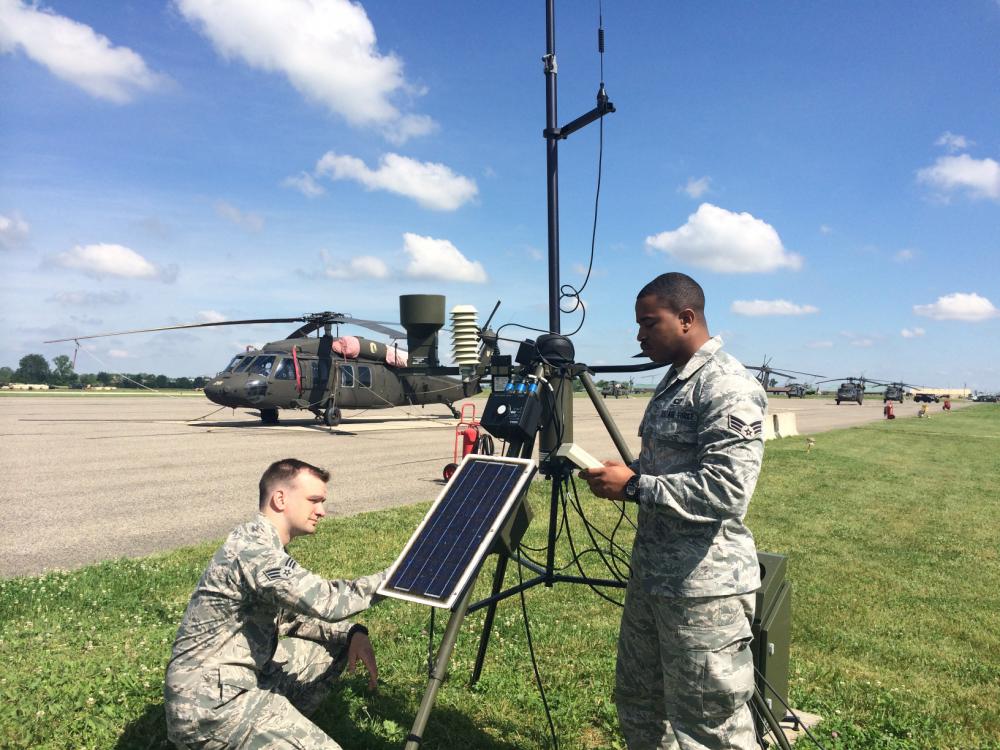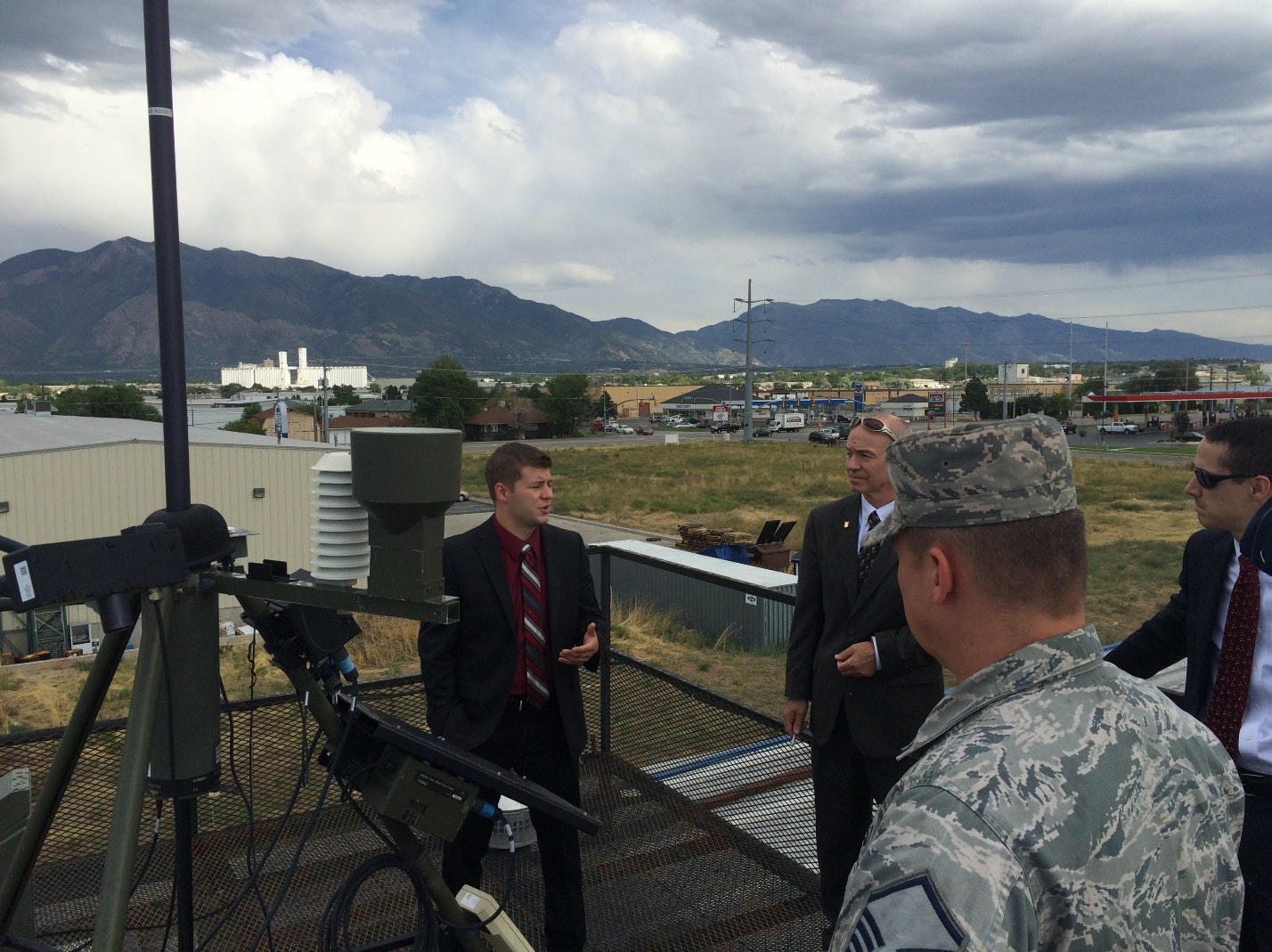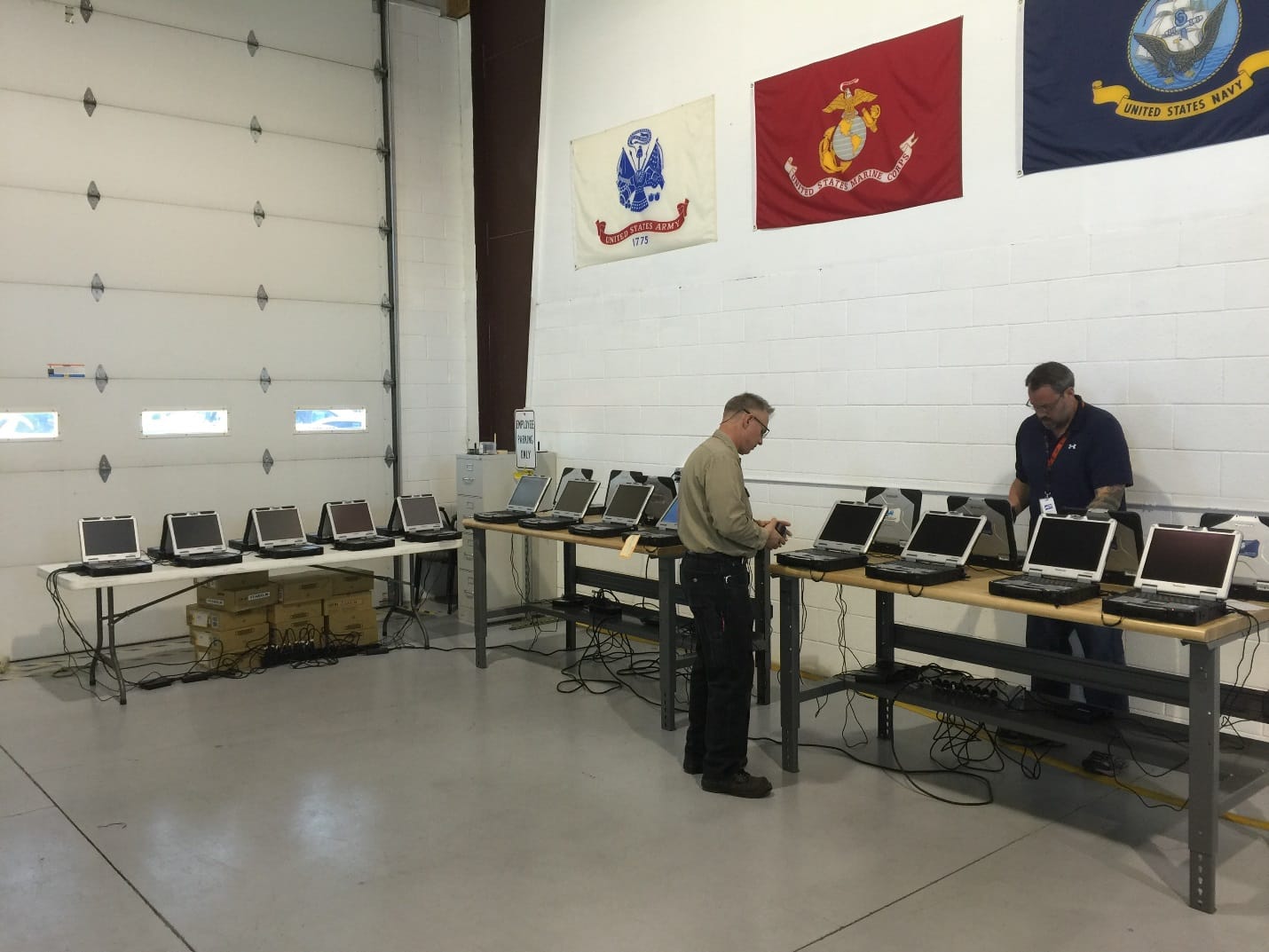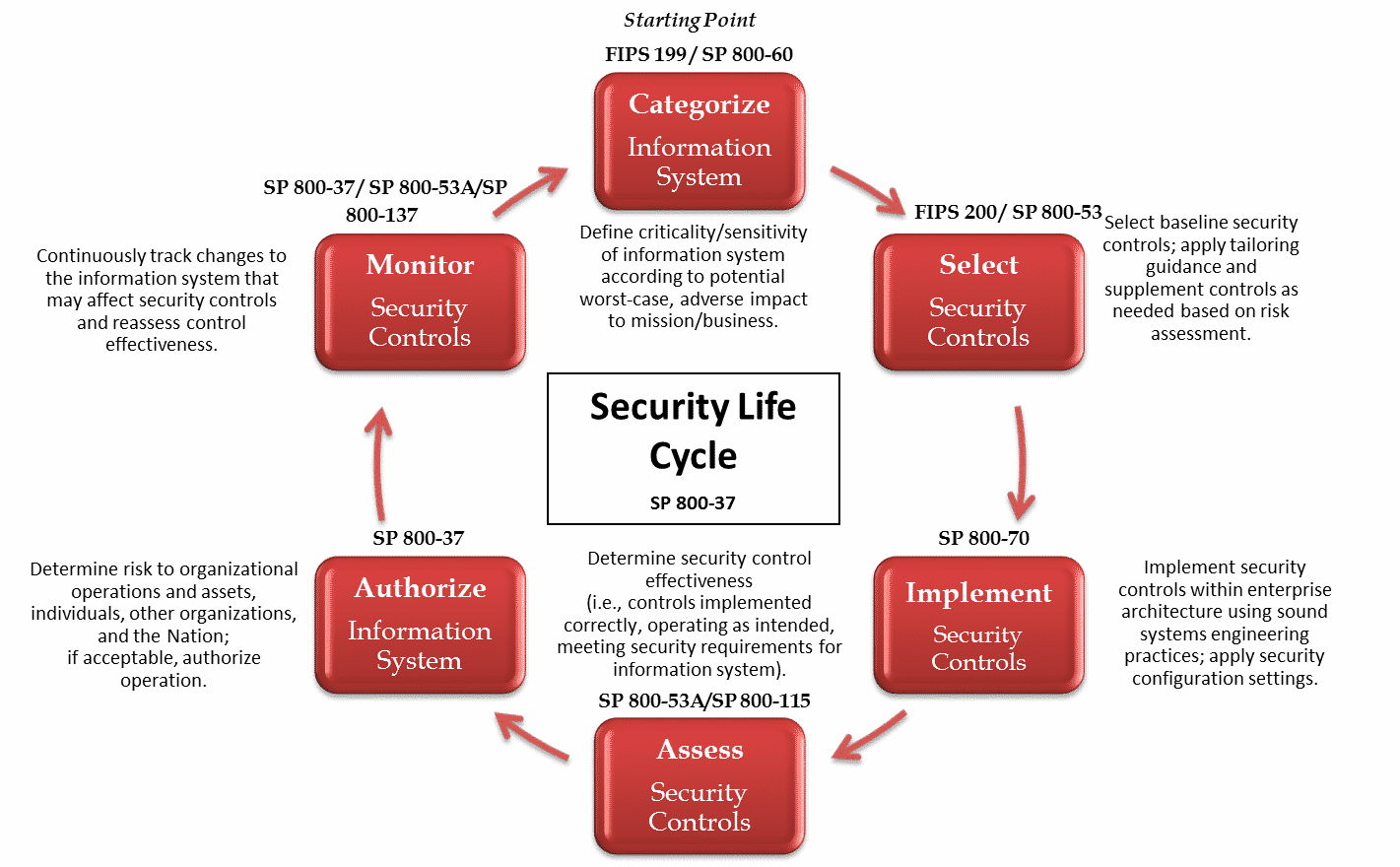AN/TMQ-53 Tactical Meteorological Observing System (TMOS)
After more than a year of intense preparation, including several hundred pages of proposal writing, thousands of man-hours, and many stressful nights our small family owned business received a major award from the USAF:
Haight Bey & Associates, has been awarded a $47,000,000 firm-fixed-priced, indefinite-delivery/indefinite-quantity for the Tactical Meteorological Observing System TMQ-53. Haight Bey & Associates will provide a broad range of performance-based logistics, including program management, logistics support, systems engineering, software maintenance and information assurance, technical order sustainment, government furnished property management, transition planning, and contract data requirements list deliverables. Work is anticipated to be performed in Layton, Utah, and is expected to be complete by Dec. 22, 2020. This award is the result of a competitive acquisition. The offers were solicited on FedBizOpps and five offers were received. Fiscal 2015 operations and maintenance funds in the amount of $1,143,414 are being obligated at the time of award. Air Force Life Cycle Management Center, Hill Air Force Base, Utah, is the contracting activity.
Here at Haight Bey we are very excited to prove our capability to the USAF and support our Brothers- and Sisters-in-arms throughout the DoD community. A tremendous thank you to our business partners and all of you who helped capture the project and those who will continue to help with sustainment throughout the contract period.


USAF Technical Order Creation
Haight Bey & Associates has performed numerous updates as well as ground up creation of US Department of Defense (DoD) technical orders, manuals and instructions documentation over the years.
From January 2014 – May of 2014, our team led an effort to update an existing Technical Order (TO) with great success. Our team has the technical knowledge, expertise, and direct experience working with testing and documentation organizations such as 2nd Combat Weather at Hurlbert Field Florida on documentation creation, deficiency correction, and validation and verification (V&V) efforts. This experience and teamed approach has allowed for timely updates of documentation at an extremely competitive price.
The specific project included new mission critical hardware and application changes which required many sequential changes throughout the technical order and associated documents. Our project plan was established over a 6 month period and was developed as an iterative process between our government customer, various original equipment manufactures and the government user community. This, combined approach, in our opinion, is best practice when considering any documentation updates and/or rewrites as one point of view rarely captures all customer requirements.
Our process starts with a customer-defined requirement and a dedicated project manager who moves quickly into a cover-to-cover evaluation of the document’s current content, organization, and flow. Our team will then identify content changes, rewording, and/or rewriting to address equipment changes, policy updates, and procedures. Each of these sections will be addressed while considering the current system configuration. Our project manager and our technical writer will perform all required updates and in-house validation of changes before providing content changes to our customers for approval.
OS-21 Observation Systems for the 21st Century
Since 2012, the team at Haight Bey & Associates (HB&A) has been the system maintainers for the 47 FMQ-22 fixed-based weather stations under the purview of Air Force Global Strike Command (AFGSC) in Montana, North Dakota, and Wyoming. Throughout this project, our team has conducted a variety of tasks and functions to include, but not limited to:
- preventative and corrective maintenance
- emergency maintenance visits
- lifecycle management
- sensor replacement and calibration
- warranty management
- disposal of material through Plant Clearance Automated Reutilization Screening System (PCARSS)
- and system retrofits
We visit all of these locations on a scheduled quarterly basis, but our field service team is available any time of the year for any unscheduled emergency visits as determined necessary by our customer.
Access to these facilities is heavily restricted, which requires HB&A to be familiar with how to process access requests, coordinate with location POCs to schedule maintenance, and arrange escorts as required. The knowledge and experience that we have in this area has facilitated smooth and trouble-free interactions with the service members stationed at these locations, which in turn, has significantly reduced our processing time for getting on and off site.
In addition to scheduling our access to the sites, we also coordinate the management of trouble tickets with the 557WW Fleet Systems Support Center at Offutt AFB. This allows the Air Force and the CLS (Contractor Logistics Support) provider to get an up-to-date, accurate representation of their system availability. If we identify that spare parts are needed to support an existing trouble ticket, our field service team will coordinate with the CLS provider to acquire the correct parts.
At the end of every periodic maintenance cycle, Haight Bey & Associates provides a comprehensive report detailing our maintenance activities and recommendations for maintaining system uptime to the Program Manager at AFGSC.
Field Service Efficiency Improvements
In 2016, HB&A reduced project cycle times by more than 50% when our team was tasked with conducting a system retrofit of 47 fixed based weather systems located on secure Missile Alert Facility’s (MAF). This retrofit effort required modification to an existing weather tower, including partial dismantling of the weather station, in order to support the significant material changes to the system that were being made.
Modifications and design change documentation were provided by the USAF and it was initially estimated by the initial design team to take 6-8 hours per location. Upon HB&A review of the design change, the proposed instructions, and tooling required, our team was able to vastly improve upon the instructions, execution method and utilization of support equipment to facilitate the retrofits. These improvements were integrated while keeping with the highest safety standards and staying under budget. As a result, the retrofits were performed successfully, safely, and included a decreased project time from 6-8 hours to 2-3 hours per location.
Deployment of Ruggedized Laptop Solution
Recognizing a need to provide a tactical solution for our USAF weather customer Haight Bey Team members worked with ruggedized laptop providers to develop an economical solution that would decrease system and data availability outages created by consumer brand laptops.
Until this point the USAF program management office had been influenced by contractors to utilize consumer grade laptops in an effort to keep replacement costs low to the contractor. While this course of action did provided a low cost solution for replacing failed laptops, they are not intended to be operated in harsh tactical environments. As a consequence the consumer brand laptops had to be replaced on a constant bases causing undue data outages and system unavailability and increased costs to the government and tax payers
Haight Bey’s President Aliahu “Alli” Bey was at the time the tactical systems program manager and recognized this system availability problem as an opportunity to bring a tactical solution to a USAF tactical system problem. The Air Force needed tactical, easily transportable meteorological computing device to support the mission. It was critical to our team to help find a reliable, rugged device to support the weather systems in combat zones and other missions around the world.
After looking at a few variations from multiple vendors, Mr. Bey and the team eventually settled on the Toughbook 30, the world’s most rugged laptop. Its powerful performance included a MIL-STD-810G and IP65 certification as well as 18 hour battery life, ideal for all kinds of missions in every environment imaginable. Bey and his team worked with Panasonic to customize an ideal solution to meet the needs of the USAF customer.
While in many cases ruggedized laptops are a more costly solution Mr. Bey successfully negotiated a price with Panasonic which resulted in a zero dollar increase to the program cost, developed a single disk restoration solution, and deployed over 350 combat ready laptops around the world, all without any additional increase to the government. The result was a dramatic increase in system availability and an overall reduction in system lifecycle costs.
The results were so impressive the USAF and Panasonic published a case study on how the introduction of ruggedized laptops to this tactical program solved problems and saved money. Link to case study

Windows Operating System Upgrades
Since 2010, Haight Bey & Associates (HB&A) has successfully performed two major operating system upgrades for a customer that requires heavily customized and highly-secure Windows-based operating systems and software. In 2010, we helped upgrade the customer from custom Windows Vista to custom Windows 7, maintaining optimal functional performance across a disparate inventory of five (5) different hardware models spread out over a large worldwide user base of over 350 units.
In addition to being highly customized for cybersecurity and restricted-network access, the customer requires the operating system to be brought back to baseline configuration at-will by system users in the event of user error or anomalous activity, such as a malware infection. To meet this requirement, HB&A developed a custom, standalone re-baseline solution, which simply requires the user to attach a disk to the hardware and reboot.
In 2016, HB&A re-developed the customer’s operating system for Windows 10, again maintaining optimal functional performance and stringent cybersecurity—including incorporating decades-old customer proprietary software. During this re-development, we were also able to consolidate the hardware to a single model—at a significant cost savings to the customer—by taking advantage of our designation as an authorized Panasonic reseller and engaging associated dedicated technical expertise from the Panasonic support team. The single hardware model will provide additional life-cycle maintenance cost reduction for the customer as well.
To ensure our customer experiences a seamless transition during these upgrades, HB&A maintains a robust in-house developmental testing environment for the customer, honed by our staff’s decades of experience in system’s engineering and integration and test (I&T) principles. Our staff also travels to provide expert support for acceptance testing at multiple customer sites worldwide.
Cybersecurity for HIPAA Systems and Training IT Staff
In 2014 and 2015, members of Haight Bey and Associates (HB&A) helped secure IT systems involved in processing data for the Affordable Care Act (ACA), commonly
systems involved in processing data for the Affordable Care Act (ACA), commonly
referred to as “Obamacare”. These systems are subject to strict cybersecurity requirements stemming from the Health Information Portability and Accountability Act (HIPAA), Internal Revenue Service (IRS), and the US Government Risk Management Framework (RMF), as detailed in the National Institutes of Standards and Technology (NIST) Special Publication 800-53. We developed and maintained the IT systems configuration in accordance with the Centers for Medicare and Medicaid Acceptable Risk Safeguards (ARS), which can be applied to any IT system at any scale—from large enterprise systems to the smallest dentist’s office.
Additionally, we helped train the government and contractor staff that are responsible for maintaining and operating those systems, in topics ranging from high-level cybersecurity concepts, to developing low-risk operational processes, to “in-the-weeds” technical configuration. We consistently received high-marks from the students that participated in the training sessions, and were able to enable the organization that oversaw the operation
of the systems to meet or exceed critical cybersecurity metrics, including:
- Reduction of staff susceptibility to social engineering attacks, such as “phishing”
- Reduction in average time to bring IT system into compliance with cybersecurity standards
- Increase in number of IT assets accounted for and in compliance with cybersecurity standards
- Reduction in severity posed by cybersecurity incidents
- Overall reduction in risk posed to organization by IT assets
Obtaining IT System “Authorization to Operate”
Over the course of almost a decade, Haight Bey and Associates (HB&A) has provided material support and technical expertise to our US Department of Defense (DOD) customers to successfully obtain Authorization to Operate (ATO) for dozens of IT systems, in both Unclassified and Classified environments. With our support, many of the systems have obtained an ATO more than once. The ATO, issued by a senior DOD official—usually a General officer—is required before the system is allowed to process data or perform its mission. An ATO signifies that the system has been designed, developed, maintained, and operated in compliance with strict cybersecurity “hygiene” requirements; it essentially is a clean information security bill of health for the IT system.
To obtain an ATO, each DOD IT system must meet thousands of cybersecurity requirements, ranging in scope from technical, to operational, to managerial; additionally, several dozen pieces of supporting documentation, called “artifacts”, must be completed—to the letter. These artifacts describe how the cybersecurity requirements have been and will continue to be met. They comprise hundreds of pages, and are combined into a “certification package” for presentation to the system auditors and the senior DOD official for annual review. HB&A has managed dozens of these packages, and is currently on contract to manage the package for the US Air Force Tactical Meteorological Observing System (TMOS).
HB&A staff has participated at all levels of the ATO process, from initial design, development, and testing of the IT system, to actually filling the prestigious government role of Information Security Support Officer (ISSO), who manages the complete cybersecurity lifecycle of the system. HB&A staff maintains the required cybersecurity certifications—such as the CompTIA Security+ and ISACA CISM—that allow us to fill such roles, and we routinely participate in industry trainings to stay up-to-date on the latest developments in the field. Thus, we are well-versed in the DOD’s technical cybersecurity requirements, as well as in artifact creation and maintenance.
We have supported the transition of system ATO from one cybersecurity framework to another, in the case of the DIACAP to DIARMF evolution. We are extremely proud that no system that HB&A has supported for our DOD customer has ever received a Denial of ATO (DATO), which not only would adversely affect the customer mission, but would also be a costly failure for the taxpayers whose dollars support the system.



